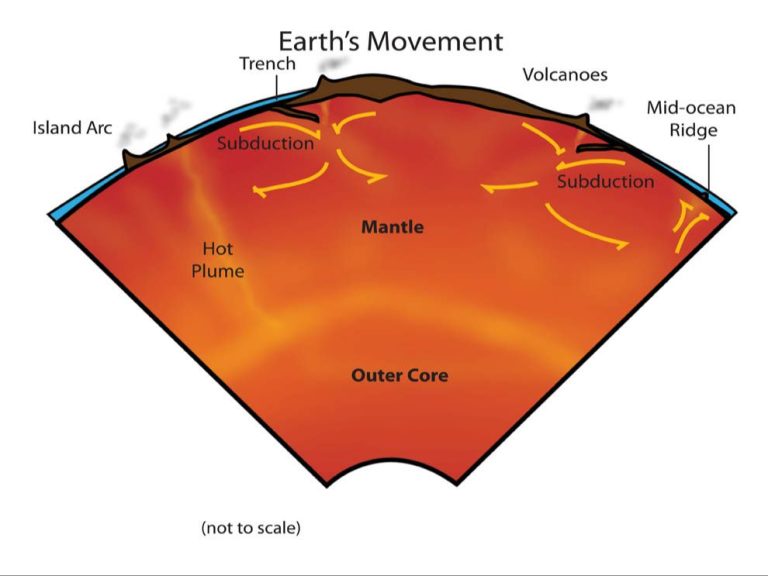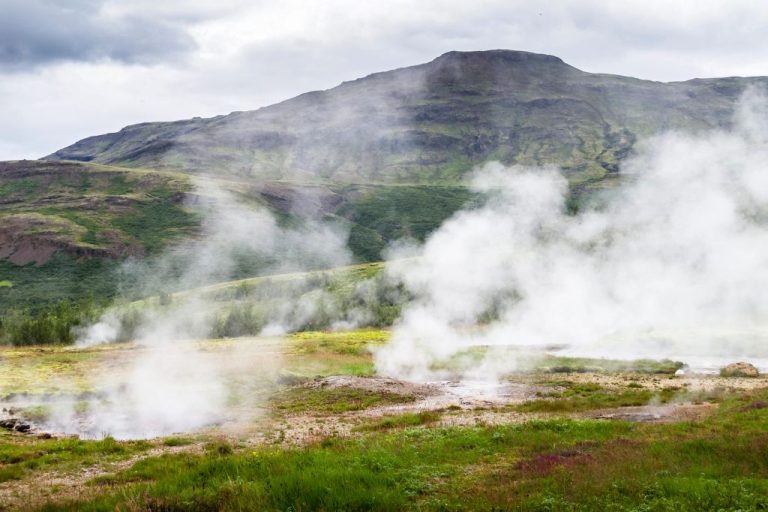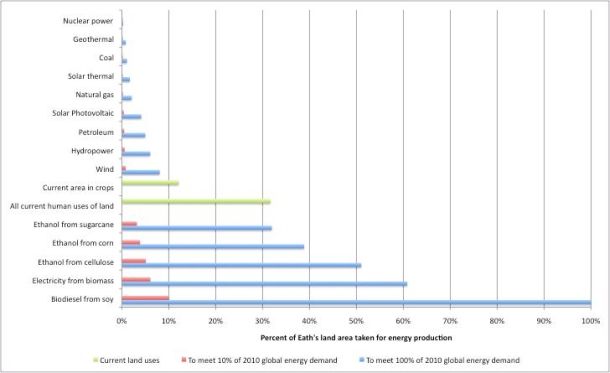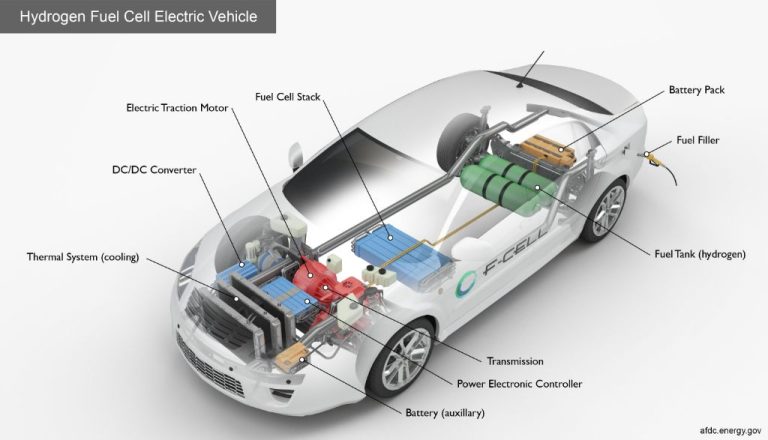Which Is The Least Used Renewable Energy Resource In The United States?
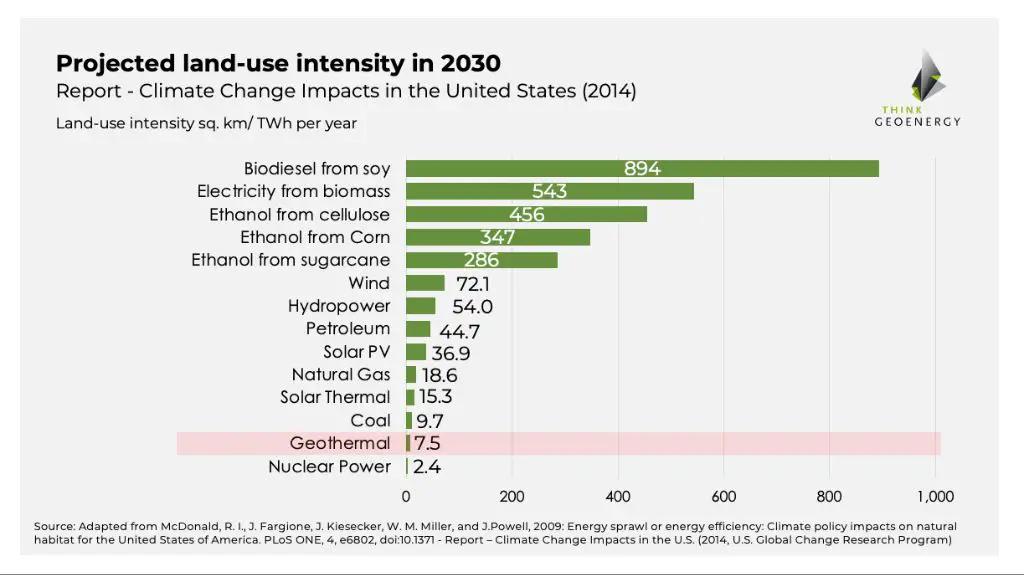
Renewable energy has become an increasingly important part of the United States’ energy portfolio. According to the U.S. Energy Information Administration, renewable energy sources accounted for about 10.6% of total primary energy consumption and 14.2% of electricity generation in 2020. While renewable energy still makes up a relatively small percentage of overall energy use in the U.S., its contribution has been steadily growing over the past decade.
Renewable energy resources include wind, solar, hydropower, geothermal, and biomass. Each of these sources has seen expanded development and capacity in recent years. However, not all renewable resources are expanding at the same rate. Some remain underutilized compared to others. This content will provide an overview of renewable energy use in the United States and identify which renewable resource is currently the least used.
Types of Renewable Energy
There are five main types of renewable energy used in the United States: solar, wind, hydroelectric, geothermal and biomass. Renewable energy comes from natural sources that are constantly replenished, such as sunlight, wind, water, the earth’s heat and plants.
Solar energy harnesses the sun’s rays to generate electricity through photovoltaic panels. Solar power is the fastest growing renewable energy source in the country, with capacity tripling over the past five years. According to the National Grid, solar energy accounted for 14% of renewable electricity generation in 2020.
Wind power utilizes large wind turbines, usually grouped together in wind farms, to capture the wind’s kinetic energy and convert it into electricity. Wind capacity has more than doubled in the last decade and now provides over 9% of the nation’s electricity. According to the Energy Innovation Reform Project, wind could provide over 35% of U.S. electricity by 2050.
Hydroelectric power harnesses the energy of flowing water, often from dams, to generate electricity. It’s one of the oldest and largest renewable energy sources in the country, providing over 6% of total electricity generation. However, most large-scale hydroelectric capacity has already been developed.
Geothermal energy taps into underground reservoirs of hot water to create steam and drive electric generators. While geothermal accounts for just 0.4% of energy consumption, there is potential for growth as new technologies emerge.
Biomass energy utilizes organic matter like plants, wood and waste to produce electricity, fuel and heat. Biomass sources provided 5% of the nation’s total energy consumption in 2020. Most comes from wood and biofuels, but landfill gas is also harnessed.
Solar Energy
According to the Solar Energy Industries Association, solar energy accounted for 3.4% of total electricity generation in the United States in 2021, up from 2.8% in 2020 (https://www.seia.org/solar-industry-research-data). In 2021, solar generated over 108 terawatt-hours of electricity, enough to power over 15 million homes. The solar industry has seen tremendous growth as the costs of solar panels and installations have declined dramatically over the past decade. The SEIA projects that solar will account for 20% of U.S. electricity generation by 2030.
There are two main types of solar technologies – photovoltaics (PV) which convert sunlight directly into electricity using solar cells made of semiconducting materials, and concentrated solar power (CSP) which uses mirrors to focus sunlight to drive traditional steam turbines. PV is by far the predominant technology representing over 90% of installed solar capacity in the U.S.
The main applications for solar PV include rooftop systems on homes, commercial buildings and industrial facilities, as well as large utility-scale solar farms. The SEIA reports there was over 121 gigawatts of total installed solar capacity in the U.S. at the end of 2021, enough to power over 23 million American homes.
Wind Energy
Wind is the largest source of renewable electricity generation in the United States, providing 10.1% of the country’s electricity and growing (https://cleanpower.org/facts/wind-power/). Wind turbines harness the power of the wind to generate electricity. Large wind turbines usually have three propeller-like blades that face into the wind. When the wind blows past the blades, the propeller spins around. This rotational motion creates kinetic energy that gets converted by a generator into electricity.
Total annual U.S. electricity generation from wind energy increased from about 6 billion kilowatthours (kWh) in 2000 to about 380 billion kWh in 2021 (https://www.eia.gov/energyexplained/wind/electricity-generation-from-wind.php). Wind power capacity continues to expand rapidly, led by significant growth in large-scale wind farms as well as distributed wind projects installed by households, businesses, and utilities across the country.
Hydroelectric Energy
Hydroelectric power, or hydropower, is one of the oldest and most widely used forms of renewable energy in the United States. It uses the energy from flowing water to produce electricity. Hydroelectric plants capture water flowing downstream from a dam or reservoir and channel it through large turbines that spin generators to create electricity.
According to the U.S. Energy Information Administration (EIA), hydropower accounted for about 6.2% of total U.S. electricity generation in 2022, generating around 262 billion kilowatt-hours (kWh) of electricity [1]. The vast majority of hydroelectricity in the U.S. comes from large conventional dams and power plants on rivers, but some smaller systems harness energy from existing water pipelines.
Hydropower is considered renewable since it relies on the water cycle which is continuously replenished by the sun. However, it can impact river ecosystems and fish populations. There is limited potential for growth in the U.S. as few sites remain for large new hydropower projects.
Geothermal Energy
Geothermal energy comes from the heat within the earth. Reservoirs of hot water and steam can be found a few miles or more below the surface. Geothermal energy is used directly for heating buildings and other applications, and indirectly to generate electricity.
According to the U.S. Energy Information Administration, geothermal power plants in the United States produced about 0.4% of total U.S. utility-scale electricity generation in 2022. As of 2020, the U.S. had a geothermal power capacity of 3,756 megawatts, generating about 17 billion kilowatt-hours of electricity annually.[1]
Biomass Energy
Biomass energy refers to energy derived from plant- and animal-based organic matter. Common sources of biomass include wood, agricultural crops and waste, municipal solid waste, animal manure, food processing waste, and algae 1. Biomass contains stored chemical energy from the sun. When biomass is burned, the chemical energy is released as heat and can be used to generate electricity with a steam turbine. Biomass and biofuels can also be converted into liquid fuels and biogas via different processes 2.
The most common biomass energy sources in the U.S. are wood and wood waste, municipal solid waste, landfill gas, and ethanol. Wood and wood waste accounts for about 37% of biomass energy production. Municipal solid waste accounts for 25% and landfill gas for 16%. Ethanol makes up about 13% of biomass energy production 3. Biomass contributes about 5% to the total primary energy production in the U.S. 3.
Current Usage of Renewable Energy
In 2021, renewable energy sources accounted for 12.9% of total U.S. energy consumption and 20.5% of electricity generation according to the U.S. Energy Information Administration (EIA). The percentage breakdown of renewable energy usage in the U.S. is as follows:
- Biomass: 4.7%
- Hydropower: 2.7%
- Wind: 2.3%
- Solar: 2.1%
- Geothermal: 0.4%
This shows that biomass is currently the most used renewable energy resource, providing 4.7% of total U.S. energy consumption. In contrast, geothermal energy contributes the smallest share at just 0.4% (UMich). The percentage from renewable sources has been gradually increasing over the years, but still remains under 15% of total energy usage.
Least Used Renewable Resource
Of the major renewable energy sources in the United States, geothermal energy accounts for the smallest percentage of electricity generation. According to the U.S. Energy Information Administration, in 2021 geothermal energy accounted for just 0.4% of total U.S. utility-scale electricity generation [1]. The other major renewable sources – hydropower, wind, solar, and biomass – each accounted for a higher percentage than geothermal.
There are a few key reasons why geothermal generates such a small amount of U.S. electricity compared to other renewables. Geothermal energy requires specific geological conditions, mainly areas with adequate underground heat and permeability to produce steam for electricity generation. These types of geothermal reservoirs are limited in the U.S. The number of geothermal power plants is also relatively small, with just over 40 plants operating in 2021. Additionally, geothermal power development faces permitting and regulatory barriers. While geothermal energy has the potential for growth, its technical constraints and limited suitable land area mean it contributes only a minor share of renewable generation currently.
Conclusion
Of the major renewable energy sources, geothermal energy is the least utilized in the United States. Only about 0.4% of total U.S. energy consumption comes from geothermal, compared to 7% from hydroelectricity, 2% from wind, and 1% from solar. There are several reasons geothermal has lagged behind in adoption:
– High upfront costs: Drilling and installing geothermal systems can cost significantly more than other renewable sources like solar panels.
– Limited geographic availability: Geothermal energy potential is confined to tectonically active areas with naturally high temperatures closer to the Earth’s surface. These conditions exist mainly in Western states like California and Nevada.
– Technological limitations: Conventional geothermal energy systems rely on hydrothermal resources that provide natural reservoirs of steam or hot water. Enhanced geothermal systems can be deployed more widely but the technology is still developing.
– Long development times: Discovering and developing geothermal resources takes years of exploration and drilling, unlike wind and solar farms which can be constructed more quickly.
– Environmental concerns: While geothermal emits far fewer greenhouse gases than fossil fuels, facilities can release toxic gases and liquids if not managed properly.
With further research and investment, geothermal energy capacity may expand significantly. But for now, it remains the least utilized of the major renewable resources in America.


